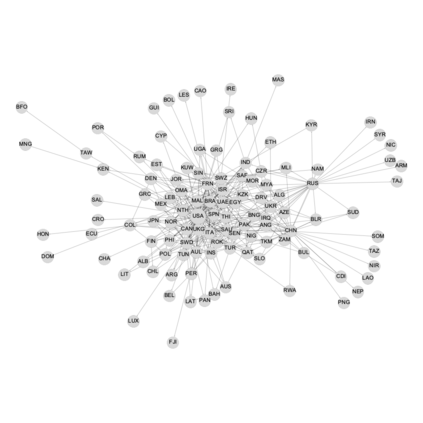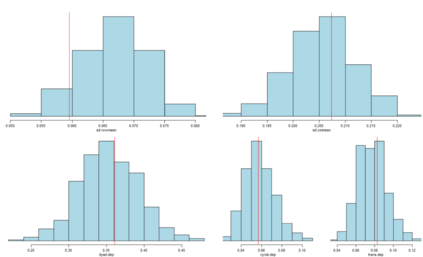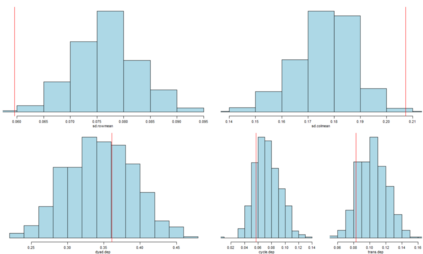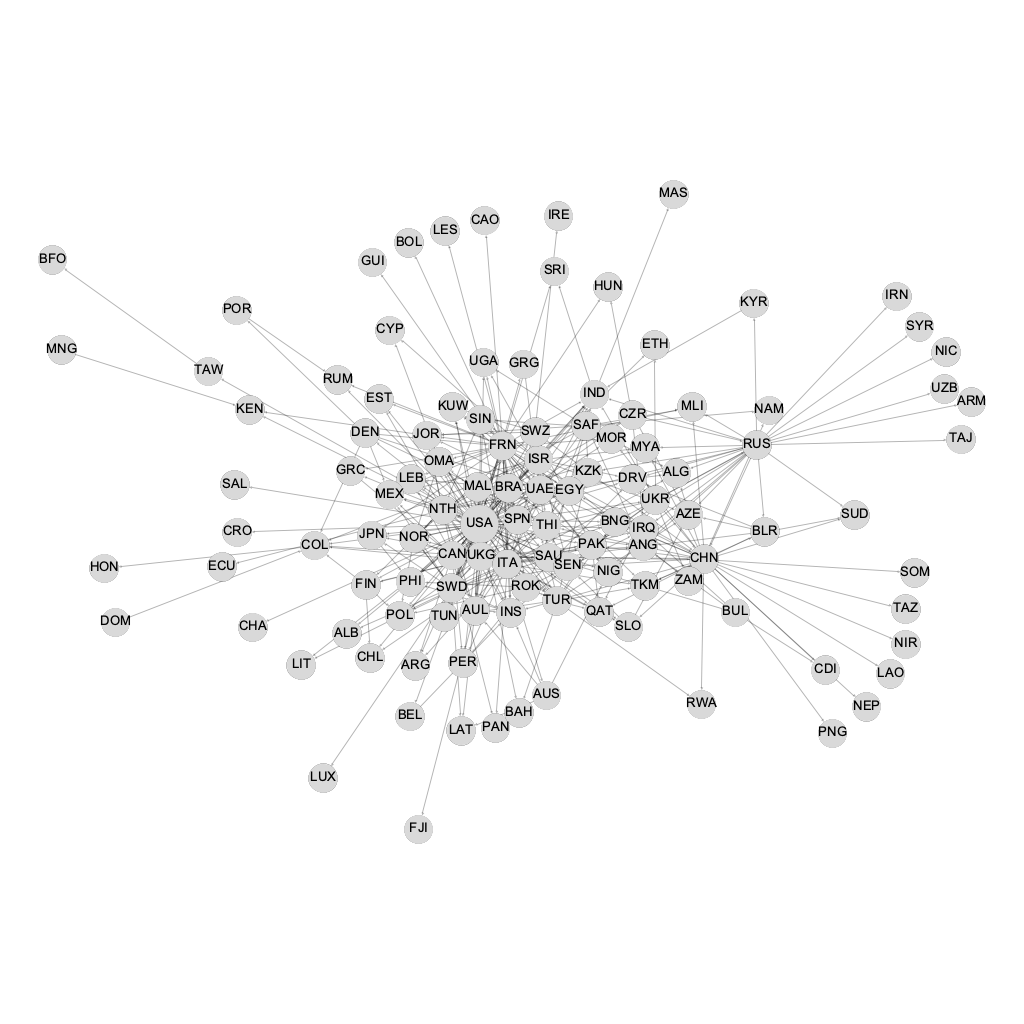Networks are ubiquitous in economic research on organizations, trade, and many other topics. However, while economic theory extensively considers networks, no general framework for their empirical modeling has yet emerged. We thus introduce two different statistical models for this purpose -- the Exponential Random Graph Model (ERGM) and the Additive and Multiplicative Effects network model (AME). Both model classes can account for network effects, such as reciprocity and triadic closure, but differ in how they do so. The ERGM allows one to explicitly specify and test the influence of particular network structures, making it a natural choice if one is substantively interested in estimating endogenous network effects. In contrast, AME captures these effects by introducing actor-specific latent variables which affect their propensity to form ties. This makes the model a good choice if the researcher is interested in capturing the effect of exogenous covariates on tie formation without having a specific idea of the endogenous dependence structures at play. We introduce the two model classes and apply them to networks stemming from international arms trade and foreign exchange activity. Moreover, we provide full replication materials to facilitate the adoption of these methods in empirical economic research.
翻译:在组织、贸易和许多其他主题的经济研究中,网络无处不在。然而,虽然经济理论广泛考虑网络,但还没有形成经验模型的总体框架。因此,我们为此引入了两种不同的统计模型 -- -- Excential Random 图模型(ERGM)和Additive 和倍增效应网络模型(AME),这两种模型类别都可以说明网络效应,例如互惠和三重封闭,但不同之处。ERGM允许一个人明确指定和测试特定网络结构的影响,如果一个人对估计内部网络效应有实际兴趣,则成为自然选择。相比之下,AME通过引入影响其形成联系倾向的行为体特定潜在变量来捕捉这些效应。如果研究者有兴趣捕捉外生共变对搭绳系形成的影响,而没有具体了解本地依赖结构,则将这两个模型应用于国际军火贸易和外汇活动的网络。此外,我们提供了全面复制材料,以便利在实证经济研究中采用这些方法。









